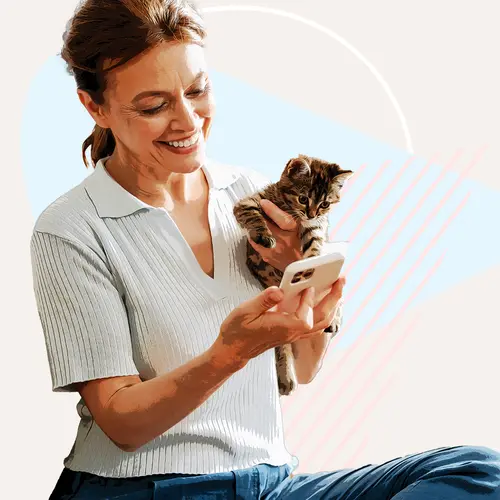Owls are fascinating creatures, and it might seem exciting to have one for a pet. In reality, though, keeping an owl as a pet is extremely challenging.
Owning a pet owl is not legal in most countries. For example, the U.S. doesn’t allow people to keep owls unless they are trained and licensed, or using their owl for breeding or educational purposes. Even then, the owl is not considered your pet.
Unlike with other pets, even if you are licensed and trained to care for an owl, you don't own the owl. The U.S. Fish and Wildlife Administration is officially responsible for the owl and has "stewardship" over it, which means they can take it back into custody if they determine that's what's best for the owl.
Understanding the Challenges
Owning an owl can be difficult. Owls are wild, and they spend most of their time alone, hunting for their next meal. They are predators by nature, and handling them requires special equipment and a special set of skills. Your owl could cause injuries if not handled correctly.
Experts largely agree that owls should not be kept as pets. Steve Malowski, team leader of Cincinnati Zoo’s bird department, notes the United States Fish and Wildlife Service’s strict rules for owl handling. Professional handlers of raptors — a category of wild birds including owls and hawks — note the complex behavioral science and independence of owls, as well as their ability to cause serious injury, because they are birds of prey who are used to hunting.
Unlike a parrot, a pet owl needs a big space to live in. A parrot cage in your living room is nowhere near large enough for a pet owl. Also, an owl enclosure needs to be reinforced using metal or wires. This is because an owl’s sharp talons could quickly destroy a wooden enclosure.
Problems With Pet Owls
You cannot travel freely with an owl. In the U.S., you will always be asked to show a permit if you try to take your owl across a state border. Also, leaving a hungry owl at home with no food is bad for the owl and can lead to messes and damage.
Owls can be noisy at night. Owls are nocturnal, and they’ll often hoot, make other sounds, and become more active at night. This noise and activity can make sleeping more difficult.
Owls are destructive. Thanks to their natural instinct to kill, a pet owl will not spare your blankets, pillows, clothes, or your children’s stuffed animals.
Owls don’t like to be petted. Petting or cuddling an owl makes them uncomfortable. As a result, they may react to get more space and can hurt you, whether they mean to or not, using their beak or talons.
Owls don’t like eating commercial feeds. Many other pet birds eat commercially processed feeds. But owls prefer the food they find naturally in the wild, and you’ll have to provide them with fresh raw meat.
Caring for an Owl
Any pet can be messy, but owls are among the messiest of all. They only eat small animals, like rodents. Also, they crush their food to pieces to make it easier to eat. Therefore, cleaning up after feeding time is part of a pet owl owner’s daily routine.
The job of cleaning the enormous owl enclosure can be a big one, too. Unlike a cat or a dog, owls are hard to train. They also poop a lot more than parrots do, partly because of their diet and their large size.
While other birds may stick to a vegetable-only diet that is easy to digest, the owl diet contains meat only. This diet gives their poop a foul smell and makes it unpleasant to clean.
In short, caring for an owl is hugely demanding. Owls need constant maintenance. When owls live in the wild, no one is responsible for them, and they seem to prefer it that way. When an owl is in your home, they need to be cleaned, watched, fed, and exercised regularly. Providing proper care can be time-consuming.
Safety Concerns
Some owls, like the European eagle-owl, can grow to a massive size. Some can even crush the skull of a small animal like a fox with their sharp and strong talons. It is important to understand owls’ natural adaptations to know what even a pet owl is capable of.
Finally, letting an owl freely spend time with young children or around other household pets comes with significant safety concerns. An owl can easily hurt animals, children, and even adults. Therefore, anyone intending to keep an owl as a pet should be properly trained in how to look after them. It is also important to follow the safety guidelines for how to keep a pet owl.
Learning to safely and properly care for an owl is time-consuming and best learned through official training, in order to receive your license. Each state has different requirements, so speak with your local authorities. If you’re serious about becoming an owl handler, consider talking to local wildlife rehabilitation centers or local falconers to get more information, and seek out training and support resources. Remember, though, owls are not pets.

